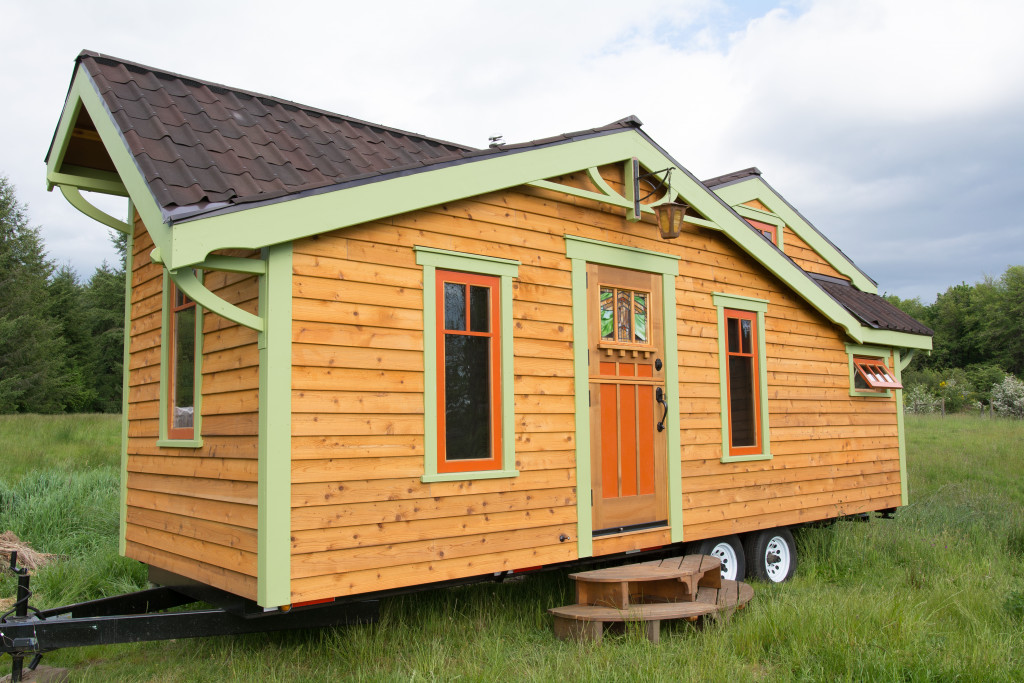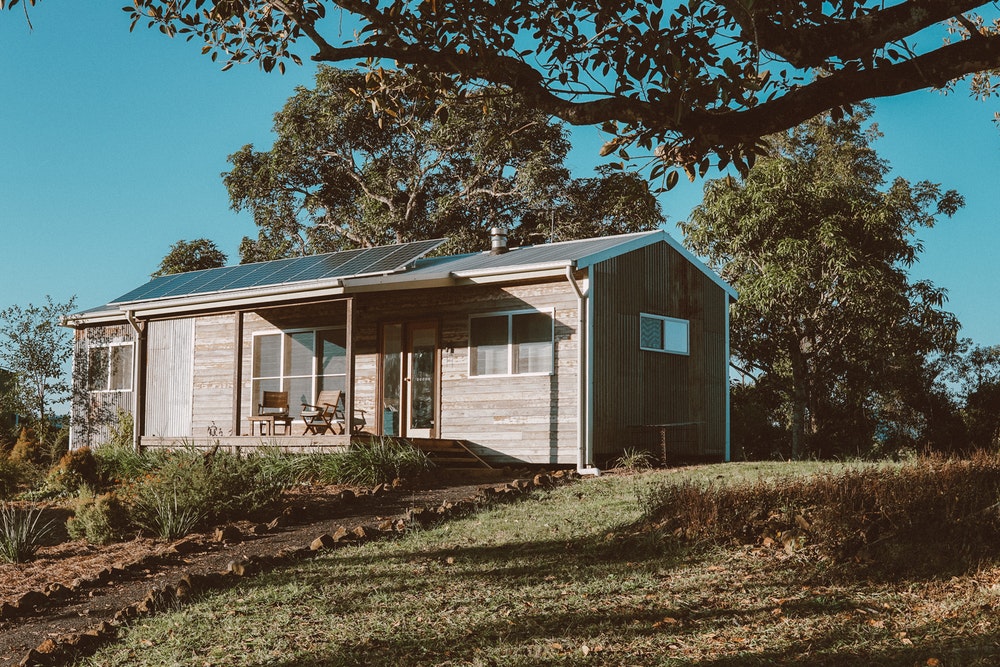Most Americans spend a huge chunk of their income just to put a roof over their heads. So, it’s no wonder that the tiny house movement has made great waves across the country. But tiny living isn’t all rainbows and unicorns. While it can cut your mortgage expenses, it can also put a strain on your relationships.
Even if you and your partner or spouse want the same thing, it pays to be thorough about living in a tiny house. Here are some tips you can follow as you pare down and plan your way to tiny home living.
Define your “why”
Living in a limited space requires embracing a minimalist lifestyle. After all, you don’t have space for all the trinkets and appliances you used to have in a traditional home. But don’t think of it as giving things up. Otherwise, you may see yourself one day regretting this move and putting all the blame on your partner.
Have your reasons instead. Maybe, you need to live in a tiny house for three decades to be debt-free by age 35. Perhaps, you want to spend your 20s living in an RV to have the freedom to travel. Knowing your “big picture” dreams can help you and your partner embrace downsizing with open arms.
Tailor the house to your life

With limited square footage, you need every corner, design, and material to work for you. Sit down with your partner to consider two crucial things in living together in a small space: needs and desires.
When you’re at home, where do you spend most of your time? Do you like to cook? How about your partner? Do they have a certain hobby that requires storage or designated areas in a tiny house? Knowing both of your needs and desires will allow you to allot appropriate space in the house and lessen the tension between the two of you. After a tiring day at work, you want to go home to a place—no matter its size—that suits your lifestyle and allows you to spend quality time alone and with your loved ones.
Understand utilities in a tiny house
Dealing with household chores and repairs is often the root of many arguments among couples. Reduce the relationship tension by understanding the utilities in a tiny house, so you know what to do every day.
For instance, plumbing in a tiny house runs like that of a typical home, except how the water goes in and out. Be sure to understand how RV hoses or composting toilets work. That way, you know when to call plumbing services or check the existing attachments—and avoid unnecessary shouting matches.
Be sure always to communicate
Living in a confined space is a lot harder than people think. When you get into a fight with your partner, you can’t easily go to the living area to blow off some steam when it’s simultaneously your bedroom. This is where open communication steps in. Don’t let small disagreements snowball into huge fights by having healthy communication and respecting each other’s needs, desires, and even idiosyncrasies.
With these tips, you can enjoy the closeness and live in a tiny house happily and peacefully. You don’t have to sacrifice a happy and healthy relationship in exchange for a debt- or mortgage-free life.

